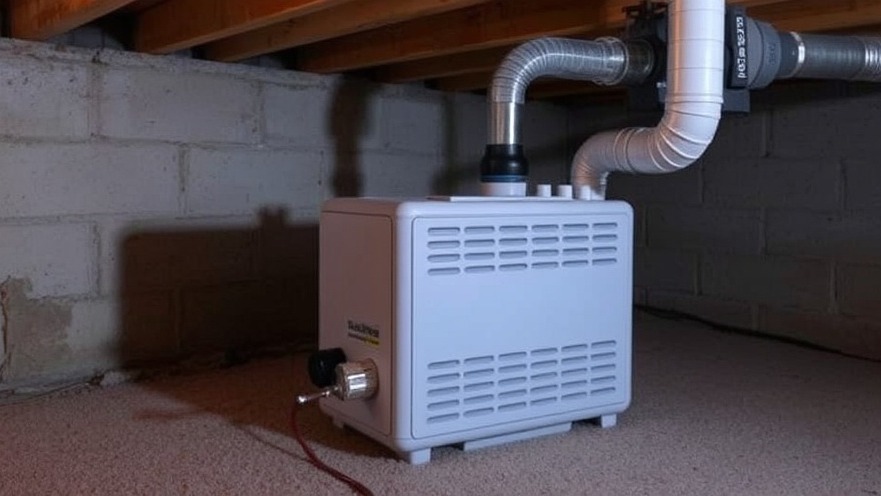
Understanding Energy Recovery Ventilators and Duct Systems
Energy Recovery Ventilators (ERVs) are progressively gaining traction in modern HVAC designs, especially among homeowners aiming for enhanced indoor air quality and energy efficiency. An ERV works by transferring heat and moisture between incoming and outgoing air streams, ensuring fresh air circulates while minimizing energy loss.
The Functionality of ERVs in Attics: What You Need to Know
In many households, especially in regions with extreme weather, the attic acts as a strategic point for duct installations. Implementing ERVs with HVAC ducts in the attic has become an effective solution to manage both temperature and humidity levels. However, several factors must be taken into account to optimize the system's performance.
Installation Considerations: Is Attic the Right Place?
Choosing the attic for ERV installation has its perks and challenges. On the positive side, attics often provide ample space for ductwork, streamlining the installation process. Yet, this setup can also present complications like heightened temperatures affecting the unit's efficiency. It's critical to ensure that the ERV is rated for such conditions and is properly insulated.
Insights from the Experts: Diverse Perspectives on ERV Systems
Industry experts recognize the potential benefits of ERVs, especially for homeowners looking to improve air quality without straining their energy expenses. However, there's a debate around the efficiency of ERVs when placed in attics versus traditional placements within conditioned spaces. Some professionals argue that the efficiency of heat transfer diminishes with fluctuating attic temperatures, suggesting a need for careful placement and insulation.
Future Trends: The Rise of Integrated Home Systems
As smart technology in home automation advances, the integration of ERVs with HVAC systems is expected to become more sophisticated. For instance, these systems could be monitored and controlled via smart thermostats, allowing homeowners to optimize energy usage in real-time. This trend is indicative of a broader move towards energy-efficient solutions in residential architecture.
Common Misconceptions About ERV Systems
One prevalent misconception is that ERVs are only suited for colder climates due to their heat recovery capabilities. In reality, they are highly effective in warmer and humid environments as well, providing substantial benefits in moisture control.
Actionable Insights: Best Practices for ERV Implementation
When considering the use of an ERV in your HVAC setup, it is essential to consult with a professional who specializes in these systems. They can provide insights into proper sizing, placement, and integration with existing ductwork. Moreover, regular maintenance is paramount to ensure that these systems function optimally and deliver their intended benefits.
In conclusion, as more homeowners seek to enhance indoor comfort and energy efficiency, understanding the role of ERVs and their implementation in attic spaces will be crucial. By evaluating all aspects - from installation to maintenance - homeowners can make informed decisions that lead to better living conditions.
 Add Row
Add Row  Add
Add 






Write A Comment